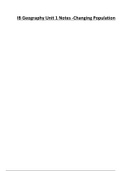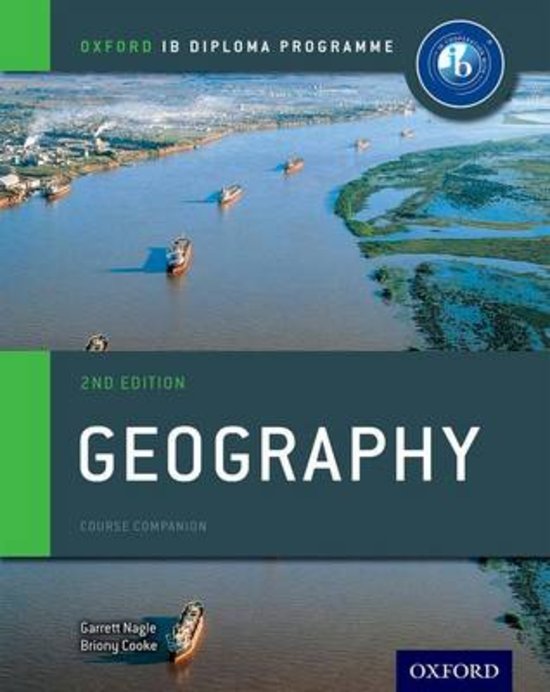Summary
Summary IB Geography Unit 1 Changing Population (full notes)
- Course
- Institution
- Book
This includes all of the course content and case studies needed for the first core unit Changing Populations IB Geography new syllabus whose first examination is in 2019. By using these notes I easily got a 7 in my first exam passing with over 90%.
[Show more]




